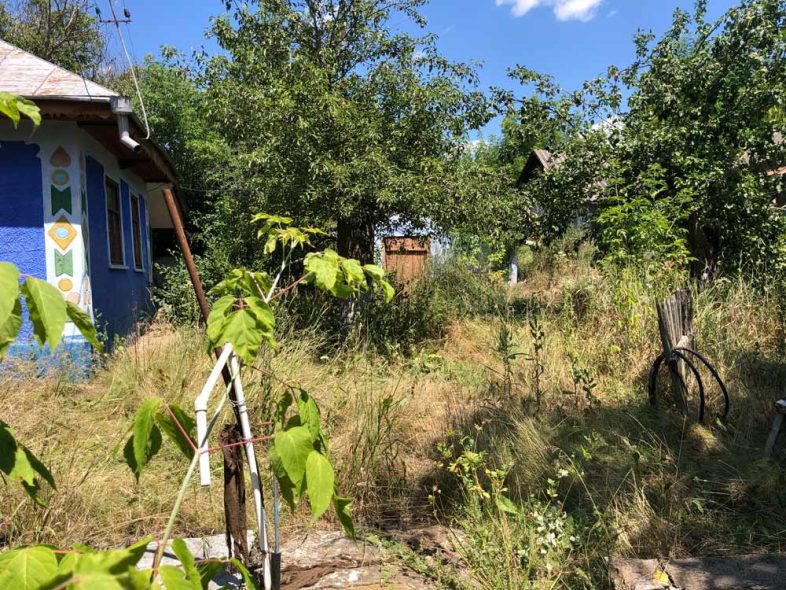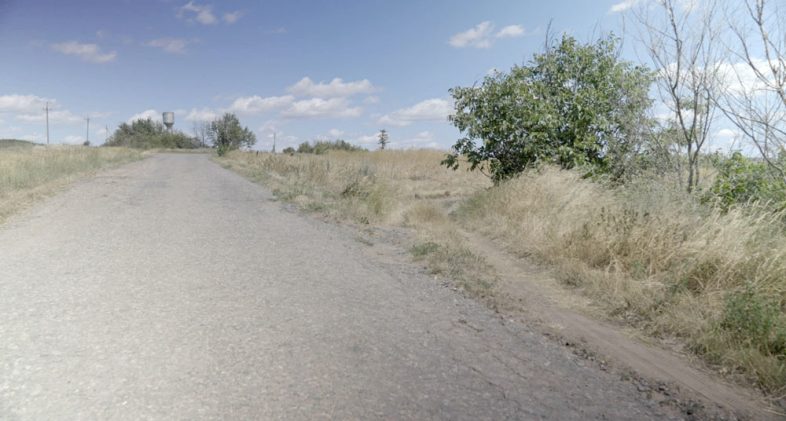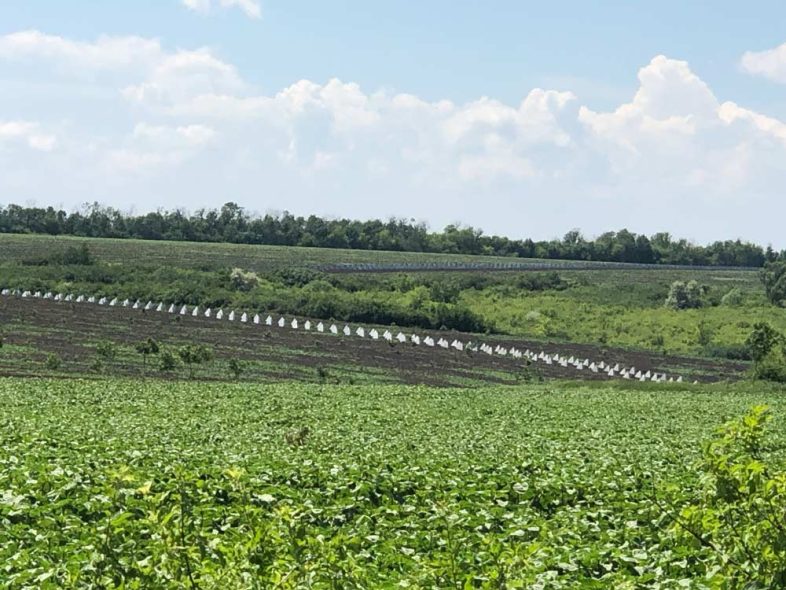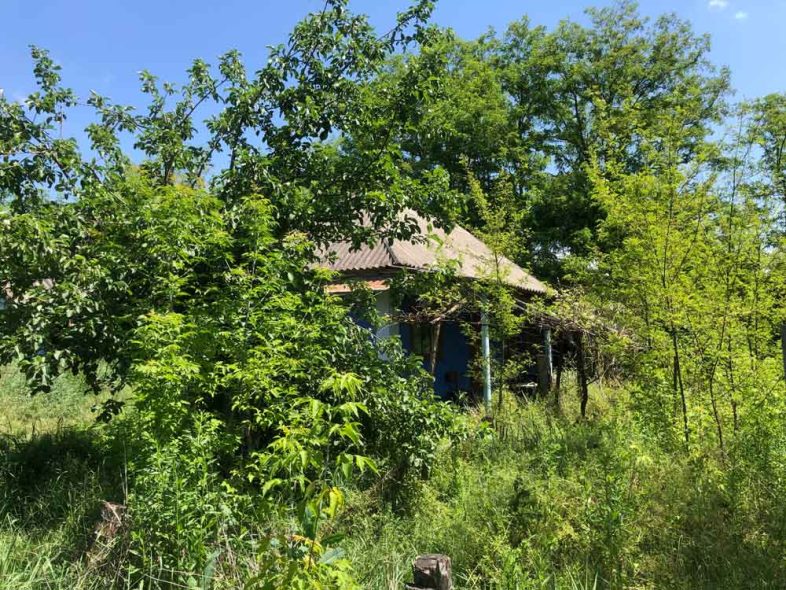Every summer, the old blue-and-white LAZ bus marked ‘Kotovsk – Rîbnița’ would take me, as a teenager, to the border settlement of Komarove, nestled in the village of Stanislavka in the Odessa region where my father hails from. Stanislavka was once a thriving Ukrainian village, stretching along a charming ravine that gently slopes down to the Dnister River. But after the upheavals of the 1990s, the border between Ukraine and the unrecognised Transnistria now cuts right through the area. The bus sign made it clear: Rîbnița, a key city in the self-proclaimed unrecognised quasi-state, was part of the route.
As the years passed, I grew up, and the old LAZ bus gave way to a sleeker, more modern model. Kotovsk was renamed Podilsk as part of the de-communisation efforts. But the bus continued its vital route, shuttling between Ukrainian and Moldovan towns and villages. It became a lifeline for locals, taking them to the market in Podilsk in the morning and then back to their homes, gardens, and orchards in the afternoon. Many also made the trip the other way to Rîbnița, where they’d trade cigarettes and other goods.

After Russia’s full-scale invasion of Ukraine, this once-bustling route was cancelled. Now, Komarove is slowly fading away. Young people are moving to the cities, the older residents are passing on, and all that remains are empty houses surrounded by overgrown gardens.
Today, only about 20 people live in the settlement. Even Stanislavka, which used to be a thriving village, now has just one bus route, running only on market days: Wednesday, Friday, and Sunday. The only other way to reach Podilsk, the nearest town, is by car. Finding a local willing to make the 35-kilometer journey on a pothole-ridden road can be challenging.
Potholes on the roads are like war wounds
As a teenager, I always looked forward to the journey to my father’s village. I’d grab a window seat on the old, dusty bus and watch eagerly for our approach. The sculpture by the spring was my cue that the bus was nearing the village of Nestoita. Just half an hour more, and my favourite stop would come into view. At the time, the journey felt effortless to me. The bus glided smoothly over the ruts carved out by the grain trucks.
These days, the term “road” barely applies. The only stretch that’s actually been repaired is the six kilometres at the village entrance. Beyond that, after the border post was set up in Nestoiita at the start of the full-scale war, the road has become a crumbling mess, looking more like a battlefield with craters in the cobblestone, asphalt, and concrete. Nature is slowly reclaiming the damaged sections, a stark reminder of the rural life that once was. Locals have long since adapted, taking detours through fields on makeshift dirt paths. For rare visitors like me, gripping the door handles in desperation, it’s a nerve-wracking journey, made even more daunting by the realisation that there’s only one spare tire in the car. The roads have only deteriorated further with the heavy military equipment transporting materials for fortifications near the border.

“We’ve had all kinds of vehicles here”
“We’ve seen all sorts of vehicles here,” a local resident tells me. “KrAZ trucks, MAN trucks, and all kinds of heavy military equipment have rolled through. We’re used to drone patrols now; they sometimes catch people trying to cross the border. But you don’t see many tanks in the village.” He adds that he and his neighbours occasionally hear the Russians conducting drills in the Moldovan territory they occupy. “But our guys are here, and it’s not so scary,” he reassures me.
Even before the war, the locals were familiar with the loud explosions echoing from the Moldovan border village of Cobasna in Transnistria. Cobasna houses one of the largest ammunition depots in Eastern Europe, guarded by Russian soldiers. Previously, the railway link between Transnistria and Ukraine allowed a substantial portion of these supplies to be transported to Russia. Now, Russia can only access these depots by capturing the Odessa region. Before the full-scale war began, the sounds of cannon fire from Cobasna grew increasingly intense.
“The Eye of Sauron”
I visit Komarove to pay my respects at my father’s grave. The last time I was here was a year ago when we made our way to the cemetery through the forest belt and fields of wheat, barley, and sunflowers. My aunt used to stroll through this forest, picking mushrooms with ease. Now, that area is mined. This year, I navigated the same fields on my own. Not much has changed—it’s still the same grain fields, though some now feature unexpected fortifications. Standing by my father’s grave, there’s an unsettling mix of anxiety and dread as I spot the dragon’s teeth barriers. Gazing towards the border, it feels as though an unseen Eye of Sauron is watching us.
“I get it; it’s war, and we’re close to the border,” a local resident confides. “But they’ve scattered these ‘teeth’ wherever they pleased [Dragon’s teeth are pyramidal anti-tank fortifications – ed.]. There’s supposed to be a regulation about how far apart these barriers should be. And they’ve buried them in our fields—people’s plots. Our farmers are left struggling with this mess.”

Stanislavka
Stanislavka used to be a bustling agricultural village. From dawn to dusk, the fields were alive with activity—people tending their crops, gardens, and livestock. The streets were always busy with tractors, grain trucks, and horse-drawn carts. Children zipped by on their bicycles while livestock grazed along the roads and pastures. In the afternoons, local women gracefully carried full buckets of fresh milk back from the pastures.
Today, the village feels like a scene from Silent Hill. People mostly stay indoors, their conversations dominated by the fear and uncertainty of war. The young have mostly left, many joining the armed forces. Life on the road now consists of the occasional small whirlwind stirring up dust, leaves, and branches. The silence is occasionally interrupted by the crowing of a rooster or the distant barking of dogs. Nature is slowly reclaiming its territory, hiding abandoned houses behind a veil of tall grass, wild rose bushes, and overgrown trees whose fruits have long since lost their purpose.
For Ukrainians who once built their lives in Rîbnița, reaching their relatives has become a gruelling ordeal. What used to be a quick 25-kilometre journey to the village on the other side of the border has now stretched into a multi-day trek involving hundreds of kilometres and numerous transfers. Despite the seemingly serene appearance of the village, the war continues to cast a long shadow, disrupting their daily routines and altering their lives in ways that are far from peaceful.


